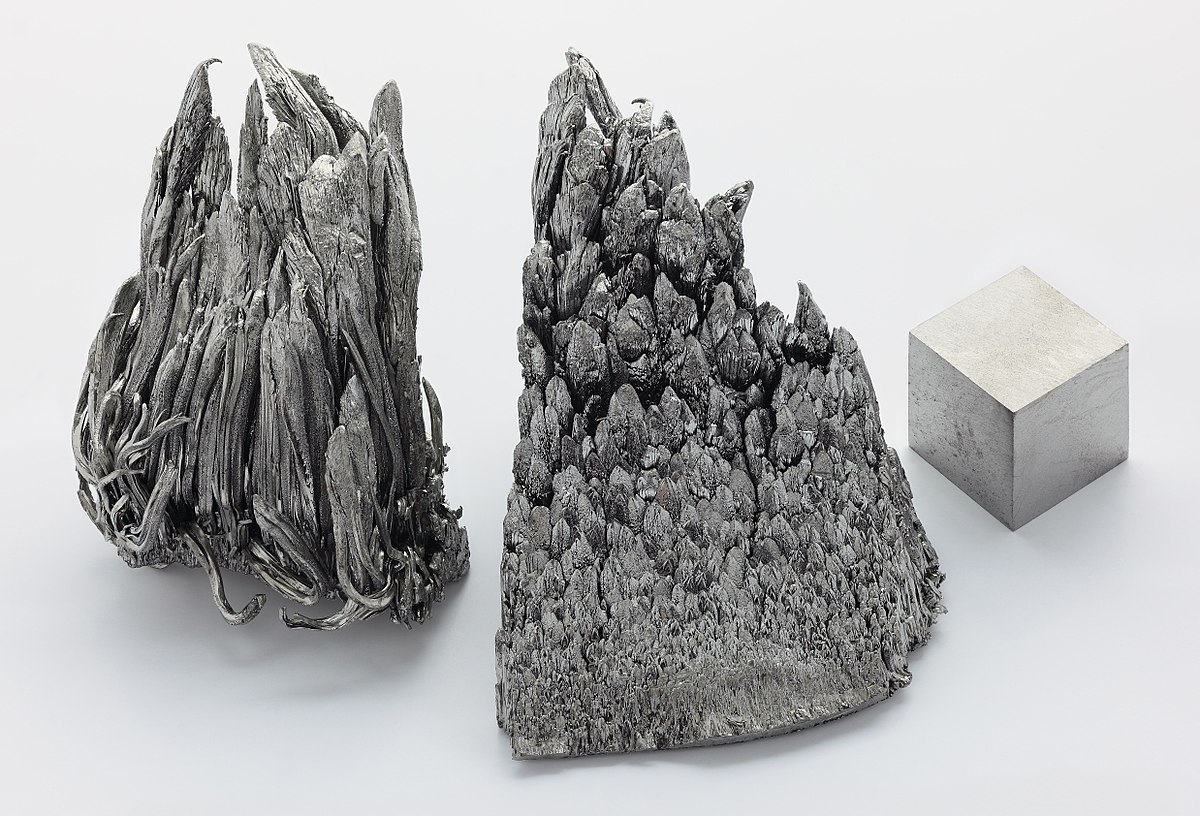
Yttrium (Y) is the rare earth metals that has an atomic number 39. Yttrium is a soft, silver-metallic, lustrous and highly crystalline transition metal. Yttrium is also the first d-block element in the 5th period. This element was discovered in Ytterby’s quarry by Swedish chemist Carl Axel Arrhenius in 1787. However, Yttrium could be purified in 1828 by German chemist Friedrich Wohler. The pure Yttrium metal is relatively stable in air in bulk form due to passivation of a protective yttrium oxide film that forms on the surface. Yttrium is always found in nature with other rare earth metals in rare-earth minerals and some uranium ores. Trivalent yttrium metal forms various inorganic compounds like yttrium oxides, yttrium halides, yttrium nitrates, etc. Although Yttrium could be highly toxic for humans and animals, its usage is really wide starting from strengthening alloys ending with treatment of cancers.
Applications of Ytrium:
Yttrium oxide (Y2O3) or yttrium oxide sulfide (Y2O2S) emits the red component of color television cathode ray tubes
Yttrium compounds are used as a catalyst for ethylene polymerization
Yttrium is used on the electrode of some high performance spark plugs
Yttrium is used in gas mantles for propane lanterns as a replacement for thorium, which is radioactive
Yttrium is used in the production of a large variety of synthetic garnets
Yttrium is used to increase the strength of aluminum and magnesium alloys improving its workability, adding resistance to high-temperature recrystallization and significantly enhances resistance to high temperature oxidation
Yttrium oxide, due to its high melting point, is used in ceramics and glass to impart shock resistance and low thermal expansion properties
Yttrium-90, the radioactive isotope, is used in drugs for the treating cancers like lymphoma, leukemia, bone cancers, etc.
Yttrium is used to make superconductor called yttrium barium copper oxide (YBa2Cu3O7), notable superconductor due to its ability to operate above liquid nitrogen’s boiling point, developed by the University of Alabama and the University of Houston
Comments
Post a Comment